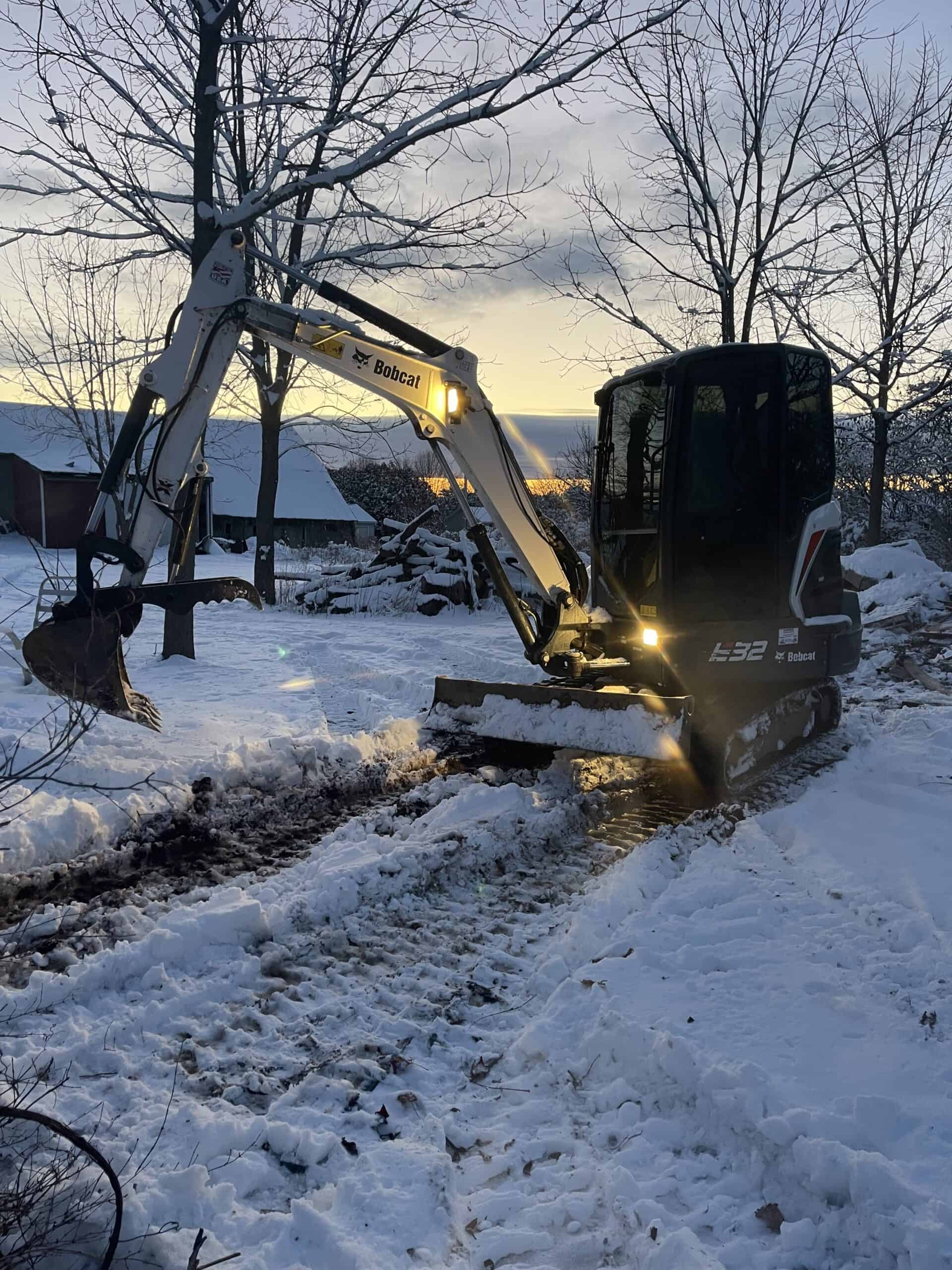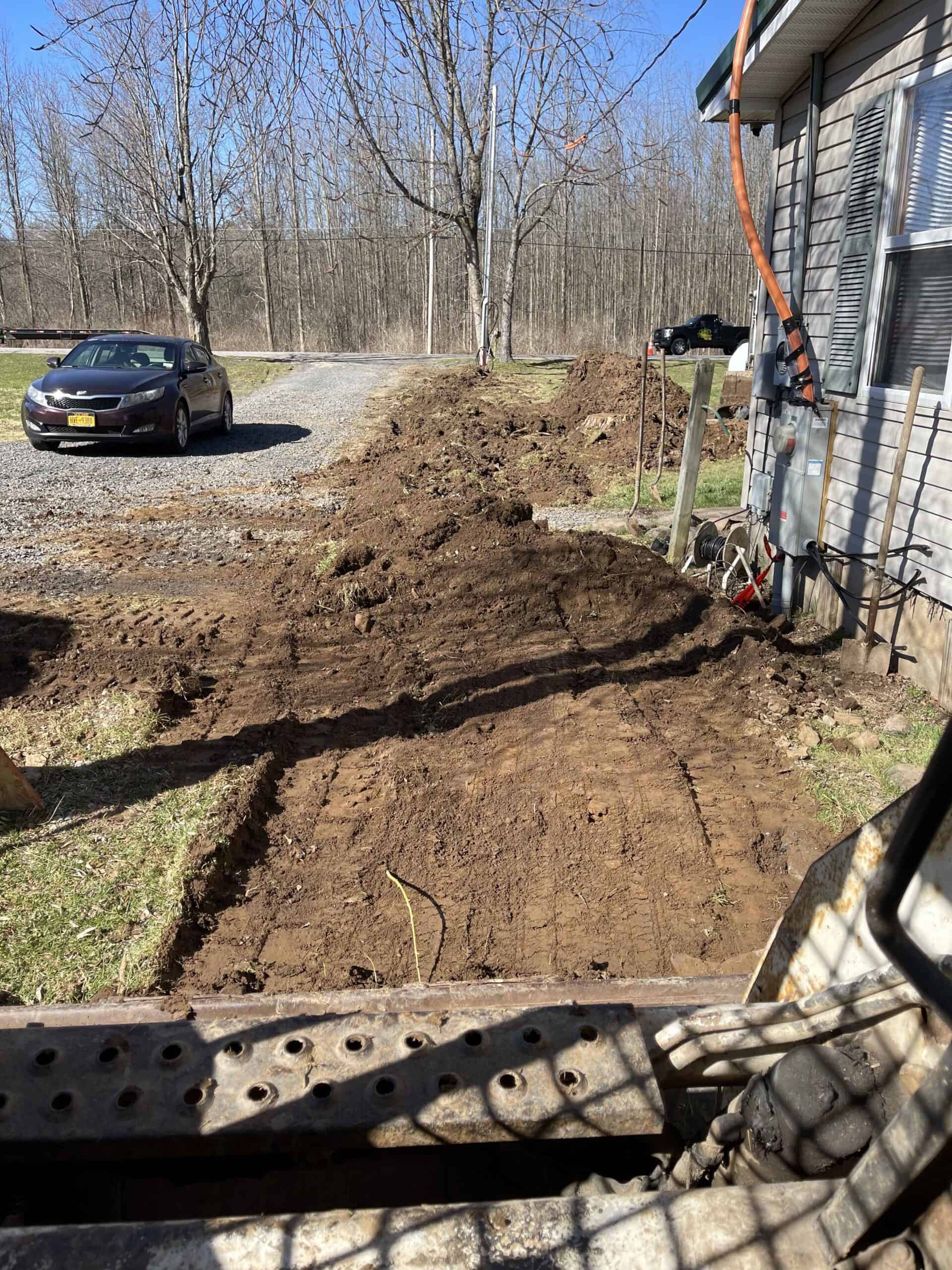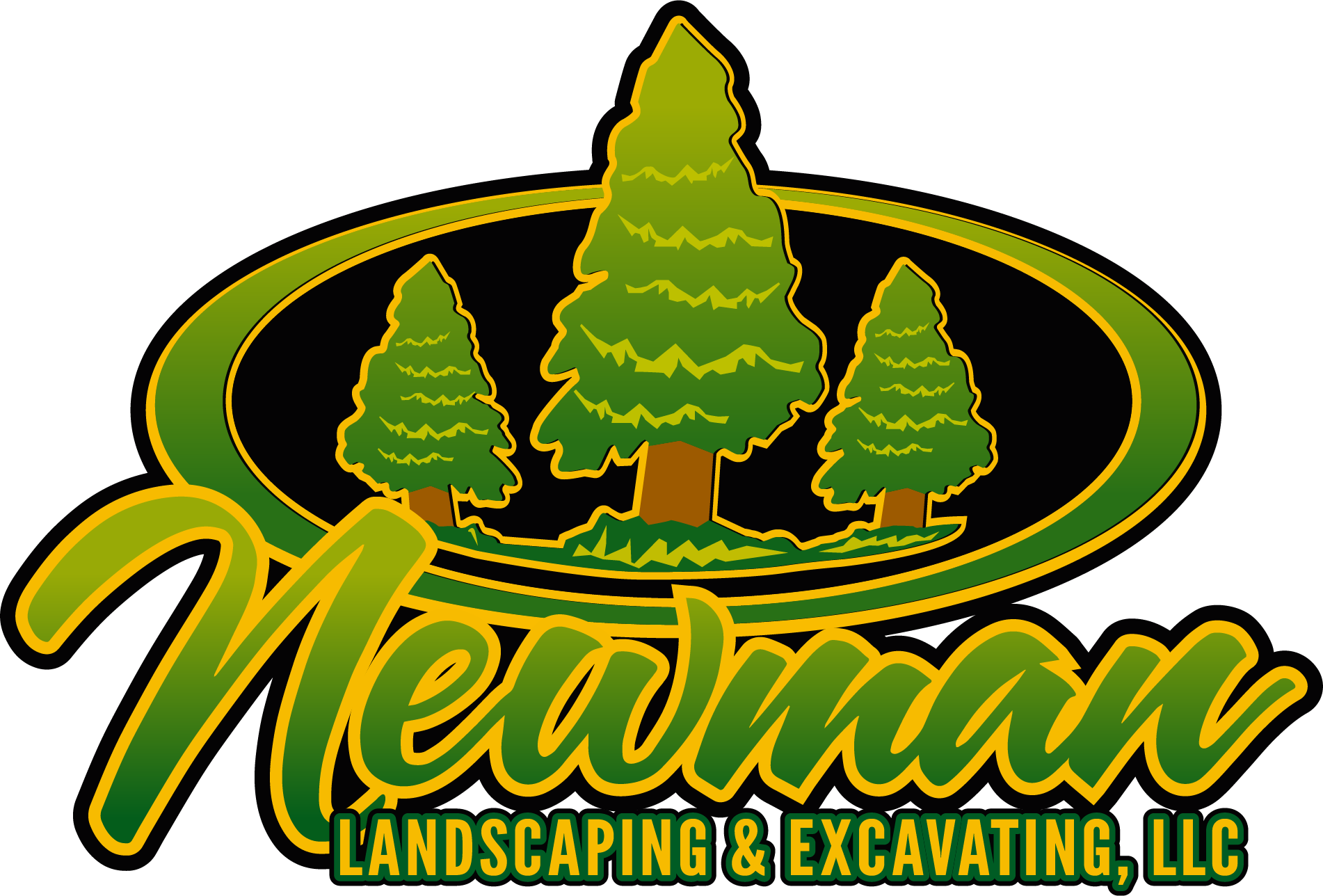Groundwork for Greatness: Mastering Site Preparation for Excavation Success
Site preparation is essential for building beautiful landscapes. It helps remove debris, create space, and enhance the ground for hardscaping, landscaping, and more. However, homeowners in New York must take special precautions to ensure optimal excavation that adheres to local ordinances. Let’s explore the fundamentals of landscaping excavation to help you prepare for the big dig.
Excavation: Just the Basics
Site preparation involves excavation when landscaping or transforming your property. The process allows experts to determine soil quality and remove obstacles that prevent development. It helps set the stage for expansions, construction projects, and outdoor living spaces. Excavating your lawn for development requires multiple steps managed by landscaping and hardscaping professionals. Here is what you can expect:
Site Surveyal
Local experts can travel to your location for land surveys and assessments. They’ll use specialized tools and techniques to determine the following:- Land measurements
- Terrain characteristics
- Soil quality and makeup
- Elevation
- Drainage concerns
- Other issues blocking development
Boundary Marking
Marking boundaries for excavation allows professionals to define borders and comply with area building codes and zoning regulations. This process prevents property encroachment and ensures demarcation precision for fewer neighborhood conflicts. NOTE: Excavation and hardscaping technicians may require more information depending on your property characteristics and project needs.Three Steps to Prepare Your Site for Excavation
Efficient landscaping companies in NY will take a proactive but productive approach to site preparation for excavation. They will also likely break down the project into digestible chunks to help catch errors, keep the yard clean, or adjust designs without significant disruptions.Step One: Clear the Vegetation
The first step involves removing yard debris and waste, including dead plants, leaves, thatch, and twigs. Experts will identify invasive species and eliminate weeds to prevent future overgrowth. Clearing vegetation before excavation also protects native plant species and contributes to New York’s conservation efforts.Step Two: Deal with Topsoil
Topsoil management is crucial when maintaining your lawn’s vibrance and health during an excavation project. Soil fertility and abundance cannot be compromised because they determine your landscaping’s longevity. Prevent erosion, nutrient loss, and runoff or skip this step and deal with all three.
 (315) 853-3798
(315) 853-3798 sales@newmanlandscaping.com
sales@newmanlandscaping.com